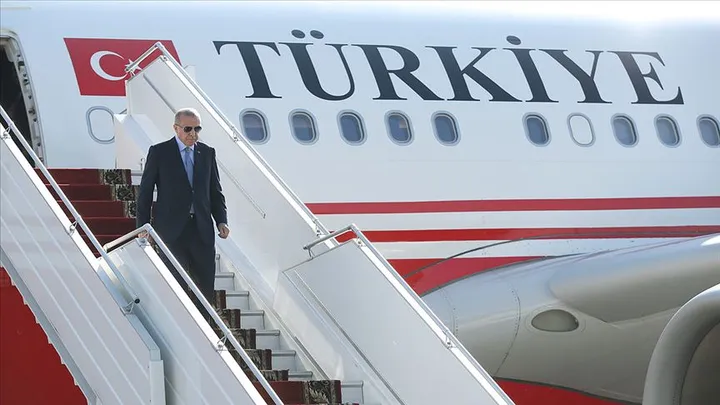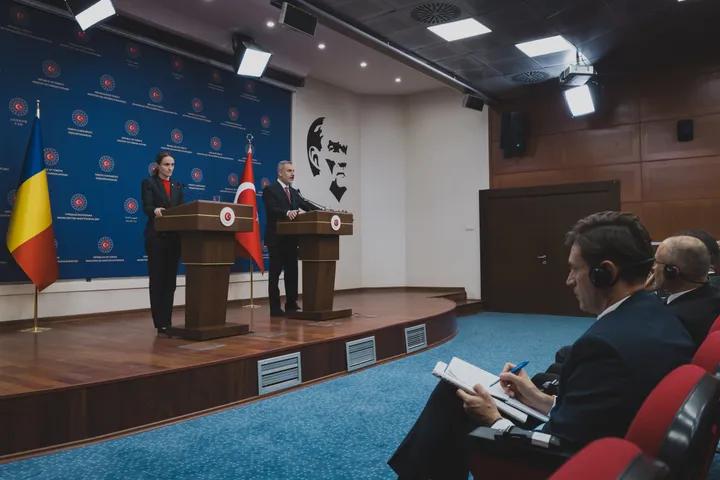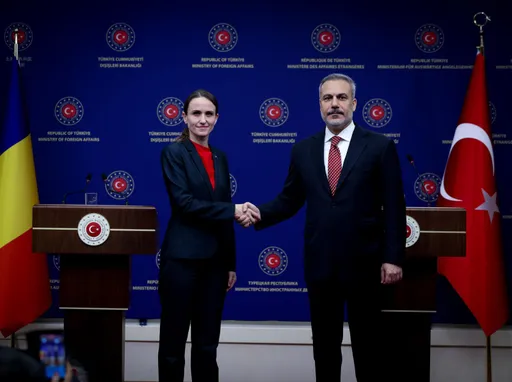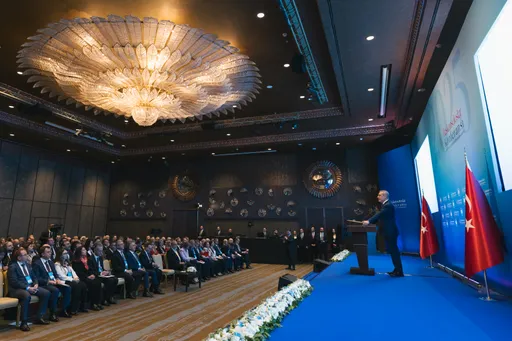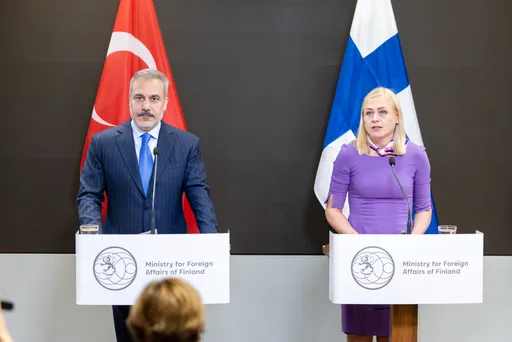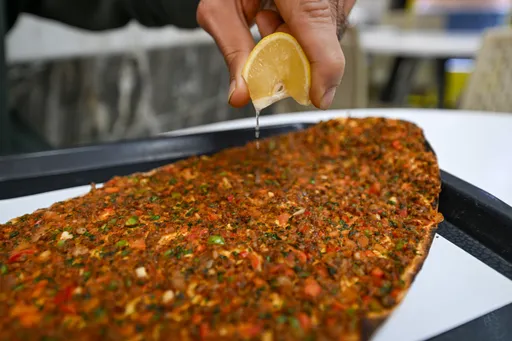This year’s Arts of the Islamic World and India exhibition at Sotheby’s in London has mesmerised visitors with a dazzling display of treasures from the Ottoman Empire and beyond.
From April 19-23, enthusiasts took in a collection spanning over a millennium, leading up to an auction on April 24, where bidders will be looking to sweep up a piece of history from across continents and epochs.
“We have quite a big variety of pieces from the Ottoman world, ranging from the 16th to the 19th century,” Benedict Carter, head of Sotheby’s Islamic and Indian Art department, said.
“This includes oil paintings, ceramic pieces, metalwork from the glorious era of Suleyman the Magnificent, and a splendid array of carpets and textiles.”

Husameddin Bursevi (d.1631 AD), Miratu’l-Ka’inat (The Mirror of Beings), Ottoman, 17th century/ Photo: Sotheby's
Among the standout pieces is an agate cup dating back to the 16th or early 17th century that showcases the remarkable level of Ottoman craftsmanship.
It has agate set in gold with rubies and emeralds, adorned with a mount added in the 18th century.
What truly sets this cup apart, however, is its connection to two great empires – Ottoman and Russian – and the possibility of it having borne witness to a pivotal moment of diplomacy in the tumultuous backdrop of the Turco-Russian wars.
On the potential origins of the artifact, Carter said it might have been a gift from Turkish Sultan Selim III to Catherine the Great.

An Ottoman agate cup set with rubies and emeralds, Türkiye, 17th century, with enamelled gold-mount with cipher of Empress Catherine II, dated 1789./ Photo: Sotheby's
The estimate is lent credence by the engravement on its trefoil-shaped handle: Catherine the Great’s monogram, dated 1789.
The year corresponds to the enthronement of Selim III, who ruled the Ottoman empire from 1789 to 1807.
“The tradition of gift-giving, which we know from the sultan’s diplomatic gifts to other states, suggests this cup’s significance,” Carter explained.
While the value of such pieces ranges between $99,000 to $149,000, Carter hinted at the possibility of the figure being exceeded in the actual auction, citing the example of a 2018 sale of an Islamic dish that went for an astounding $7.2 million, well over the original $400,000 - $670,000 estimate.

A large gilt-copper (tombak) candlestick, commissioned by a courtier of Suleyman the Magnificent, Ottoman, dated May 1539 AD./ Photo: Sotheby's
Among the other Ottoman era attractions is a grand candlestick made by the chief cauldron maker of the empire’s longest-reigning ruler, Suleyman the Magnificent.
The artifact has never been on public view before, according to Carter, adding that it is part of a pair, with the other one at the prestigious David Collection in Copenhagen.

A rare and important Ottoman tombak naval lantern made for Grand Vizier Sinan Pasha (d.1596), Türkiye, circa 1574./ Photo: Sotheby's
There is also a naval lantern made in the 16th century for Sinan Pasha, who served as Ottoman grand vizier five times from 1580 until his death in 1596.
“It has a comparable sister piece in the Sadberk Hanim Museum in Istanbul, but it’s otherwise just one of two known naval lanterns,” said Carter.
“There’s also a wonderful 17th century dagger with beautiful Persian, Ottoman, Turkish poetry in gold leading all down to the blade, which is an extremely visually arresting object,” he added.
He described the dagger as an object of rare quality and an example of the magnificent weapons created during the height of Persian-inspired Ottoman artistry.

An exceptional Ottoman dagger with gold-inlaid blade, 16th century, with silver gilt and niello hilt, Türkiye, 17th century./ Photo: Sotheby's


